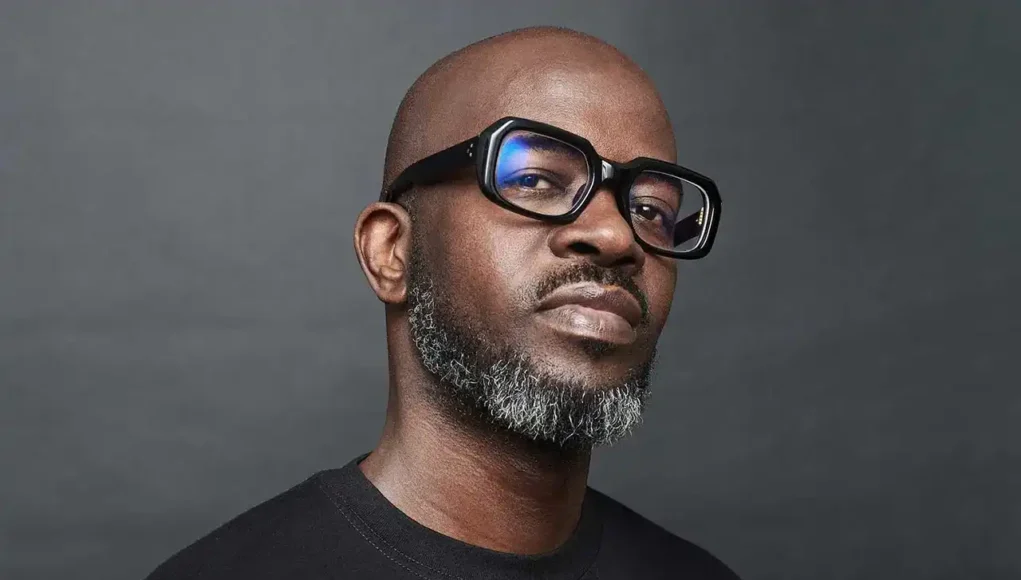LATEST POSTS
A good kitchen demands careful design and astute attention to detail, especially when it comes to electrics.The correct electrical layout will make food preparation...
Returning to its new home in Brockwell Park, Field Day is back for 2026 and the first wave of acts has just dropped!This year’s...
Labyrinth Events has announced that Sugababes will headline Labyrinth Open Air at Tofte Manor on Sunday 5th July 2026 – marking their only confirmed...
It’s official! After lighting up dancefloors across the UK, the original RNB vs GARAGE throwback party is packing its bags and heading to the...
Dior is back in the beauty spotlight with the launch of Rouge Dior On Stage—a bold, high-shine lipstick designed to turn heads and hold...
Finding the right engagement ring is a moment many people look forward to. It’s exciting, sentimental and full of possibility, but the number of...
Dive into the luxurious world of Agent Provocateur with their latest sale, offering up to 70% off on a stunning array of lingerie, nightwear,...
The top-notch quality, elegance and universal appeal have always been the trademarks of luxury products. The past few years have seen a considerable rise...
Alright, listen up – this is not a drill. City Splash just dropped the first wave of artists for 2026, and let me tell...
Just when I thought it couldn’t get any better than Black Coffee on the Thames, he goes and drops this.Black Coffee, yes, the GOAT...
In a world where remote working, hybrid learning and digital entertainment are now firmly part of everyday life, innovative online platforms have had the...
Vaping in the UK has transcended being merely a trend to a means of making a statement about both style and temperament. From mint...
The fall of 1987. Hawkins is scarred by the opening of the Rifts, and our heroes are united by a single goal: find and...







